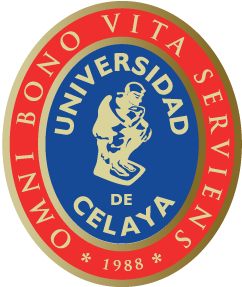Pedro Duhart Benavides, Uni graduate and designer of architecture and urbanism.
I currently co-direct an office dedicated to the contemporary production of architecture and urbanism. Simultaneously, my theoretical activity as a researcher at the University of Michigan has focused on examining the relationship between infrastructural systems -physical and virtual- that specifically enable the production of certain architectural objects. These systems are currently the most widely used tool to manipulate and urbanize vast territorial extensions mainly in America and Asia.
My most recent work is a collaboration between faculty from the Taubman College of Architecture and Urban Planning, University of Michigan in conjunction with the School of Architecture, University of Celaya designed in the form of a seminar focused on researching and interpreting the image of Celaya, and thus, creating a record of the Bajio metropolitan area within the geo-economic structure of Mexico at the beginning of 2019.
The interest in interpreting the image of our cities through the representation of the urban dynamics that inhabit them arises after personally experiencing the qualities of the lifestyle generated by the metropolization systems in the Bajío. Within this process of accelerated urbanization it is easy to visualize the expansive, dispersed and fractured pattern with which our cities are being built.
From an international perspective, I believe that this way of building our cities evidences certain intellectual limits on the part of those responsible for structuring the necessary legal frameworks to encourage equitable regional and national urban development. At the same time, I also believe that it shows how few designers have the interest and capacity to understand and work on the metropolitan scale, so that we can work in a multidisciplinary way to create strategies that socially empower users.
For these reasons, I saw the need to influence the academic formation of the future designers of the Bajio. Roberto Rojas and look for the opportunity to interact with the students in order to instigate sophisticated ways of producing the future of our cities.
